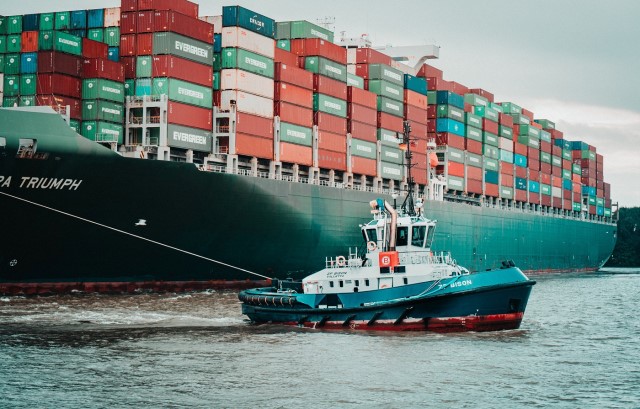INDIA: Asia is witnessing a significant shift in its supply chain management due to the after-effects of the US-China trade war, pandemic disruptions, and rising political pressures to deglobalize. According to a recent report by UBS Securities, the reconfiguration of the China-centric regional supply chain is expected to continue, opening up opportunities for low-cost manufacturers in other Asian countries.
The report evaluates the potential of individual Asian economies to accommodate supply chain relocation based on a group of fundamental factors. It concludes that no single economy can match the scale, size, and competitiveness of China’s onshore supply chain network. However, Vietnam and India have emerged as the two key destinations that score highly on aggregate across multiple dimensions.
Vietnam has successfully ridden the initial relocation wave, thanks to its pre-existing domestic production networks and supply chain connections with China. However, the country’s relatively small-scale infrastructure and gaps within it may hamper its growth in this area.
India, on the other hand, is better placed in terms of size to match China’s edge in low-cost, large-scale manufacturing. The country’s policy reforms and improving macro stability are clear advantages, even though it is disadvantaged by high logistics costs, low labor productivity, and regulatory impediments.
The report also highlights Malaysia’s competitive position in the semiconductor industry, as well as Indonesia and Thailand’s emerging credentials in the electric vehicle (EV) supply chain.
In terms of growth implications, the report suggests that if the China+1 supply chain shifts continue and India benefits from the government’s reform agenda and increased FDI, the country could move towards 6.25-6.75% YoY growth by 2030 in an upside scenario and towards 6.75-7.25% YoY under a blue-sky scenario. The boost to direct job creation could be 1-4 million per annum, with a similar indirect impact as well.
Vietnam, which has been growing as a stable manufacturing hub, is expected to benefit from continued supply chain relocation, helping the country achieve its development goal of 7.0% annual GDP growth for 2021-30.
Market implications suggest that Indian and Thai equities appear to have priced in much stronger medium-term growth than pre-trade-war levels, with some of this increase potentially explained by manufacturing opportunities being priced in. Specific sectors that have derated versus pre-trade-war levels, such as industrials in India, Indonesia, and Vietnam, materials in India and Malaysia, and the consumer sector in India, suggest there is room for upside from this theme.
Tanvee Gupta Jain, Indian Economist at UBS Securities interestingly noted, India’s GDP growth while a favorable base effect should help accelerate India’s real GDP growth to around 7.5-8% YoY in the June 2023 quarter, we expect the growth trend to soften over the remaining quarters towards 5-6% YoY. For the full year, we maintain our base case that India’s real GDP growth will decelerate to 6.2% YoY (from 7.2% YoY last year). This compares to the consensus expectation of 6.1% YoY and the RBI’s forecast of 6.5% YoY. We anticipate sequential normalization in household consumption growth to continue as purchasing power is impacted by tight monetary policy and the depletion of accumulated pandemic savings. Capex growth has largely held up on higher government capex and demand for residential real estate holding up. However, the pick-up in private corporate capex remains gradual. Our strategy team analysis indicates that the bulk of capex spenders historically are hinting at lower capex in the near term/FY24. Finally, the Goods trade deficit beginning to widen, and the services trade surplus moderating.
On Asia’s supply chain, We think India has an absolute advantage in terms of population size and demographic structure. India’s demographics cut both ways in a positive sense – providing both a large, low-cost labor force and a sizeable domestic market to absorb manufacturing output. However, India is starting from a low base with its share of manufacturing in GDP remaining largely stagnant at roughly 15% over the past decade (versus a 28% share for China). Going forward, we believe India has the potential to emerge as a beneficiary of the China+1 strategy in the medium to long term. The manufacturing wages in India are still amongst the lowest in Asia. In addition, Indian policymakers have made significant strides in developing the country’s business environment in recent years, lowering the corporate tax rate and other policy initiatives (in the form of both incentives and reforms) to boost manufacturing. On the downside, India is significantly disadvantaged by higher logistics costs, low labor productivity, and regulatory impediments.


